Ancient Spices: Their Influence and Evolution in Modern Cuisine
In understanding how our diet evolved and diversified, we cannot undermine the significance of ancient spices. They initially served multiple functions, ranging from perfume manufacturing to medicinal remedies before finding their place in the culinary scene. Transitioning through centuries, these antique flavors continue to impact modern cuisine in tremendous ways.
Origins of Spices and their Transition into Modern Cuisine
Consider the famed pepper, originating from South India, became coveted for its pungent freshness during the Roman Empire. Today, it sits in our kitchen racks, become an essential flavor in a variety of dishes around the globe. Similarly, cloves, found in the Maluku Islands of Indonesia, played an essential role in traditional medicine and food preservation due to its antimicrobial properties. Now, this potent spice not only flavors countless savory dishes but also desserts like gingerbread biscuits.
Notable Dishes Retaining Flavors of Ancient Spices
Modern culinary practices still treasure these antique flavors. Take Garam Masala, a blend of ground spices, including cumin, coriander, cardamom, cinnamon, and clove, to name a few. This spice blend is the heart and soul of many Indian dishes. Then, there's Chinese five-spice powder, a concoction of star anise, cloves, Chinese cinnamon, Sichuan (Chinese) peppercorns and fennel seeds, significant for its appearances in traditional cuisines.
Cultural Significance across the Globe
Ancient spices not only shaped culinary practices but markedly affected various cultures. Be it the role of cumin in Ayurvedic medicine or the symbolic use of saffron in Buddhist rituals, spices have left deep cultural imprints over centuries.
Changing Tactics: Preparation, Quantities, and Combinations
While spices remain omnipresent, the techniques used to harness their flavors have undoubtedly evolved. Modern cooking often involves dry roasting or grinding spices to release their aromatic oils and intensify flavors. The use of spices has transcended from just taste-enhancers to being key ingredients, influencing the color and aroma of dishes.
Globalization of Food through Trade and Colonization
The quest for spices was a significant catalyst for exploration, trade, and even colonization — leading to the globalization of food. Christopher Columbus discovered America, intending to find a shorter spice trade route. The Dutch colonization of Indonesia was largely prompted due to their control of the precious spice islands. This exchange of spices subsequently led to diversification in the global pallet, such as the introduction of chili to the Indian subcontinent or vanilla to Europe.
Trending: Revival of Ancient Spices
Contemporary culinary trends focus on using ancient spices innovatively. Turmeric latte, a beverage made using milk and the age-old spice turmeric, has gained a trendy status as a 'superfood'. Similarly, we have Za'atar - an herb and spice blend from the Middle East coming to the fore as an avant-garde flavor in pizza and bread-baking.
Spices have undeniably influenced culinary practices throughout history and continue to do so as they adapt and evolve to modern tastes, perpetually leaving imprints in the grand tapestry of world cuisine.
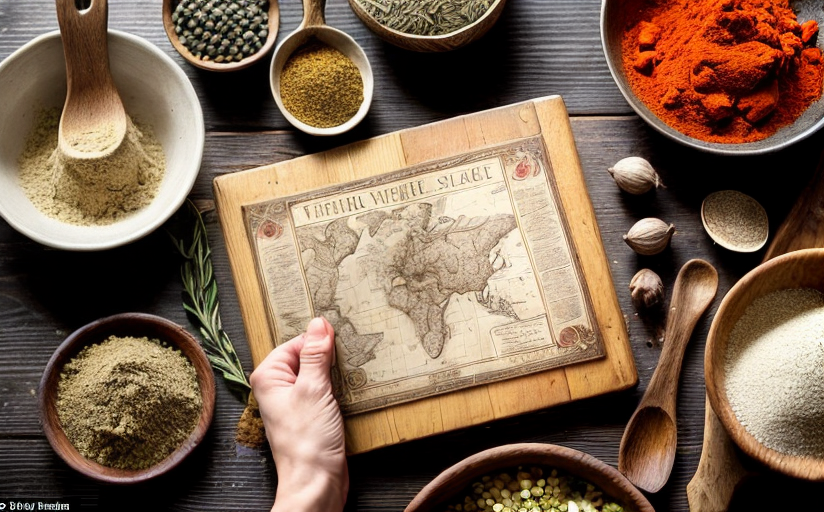
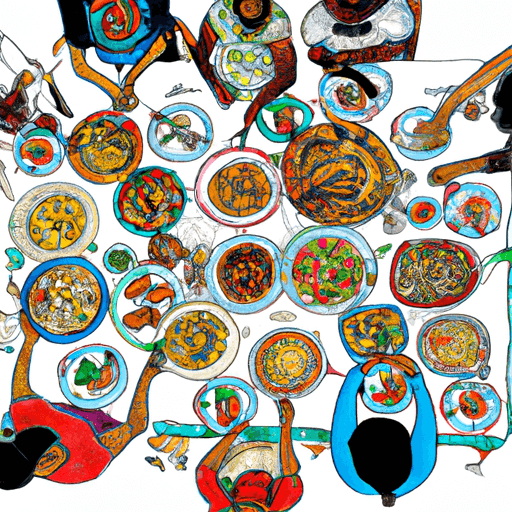
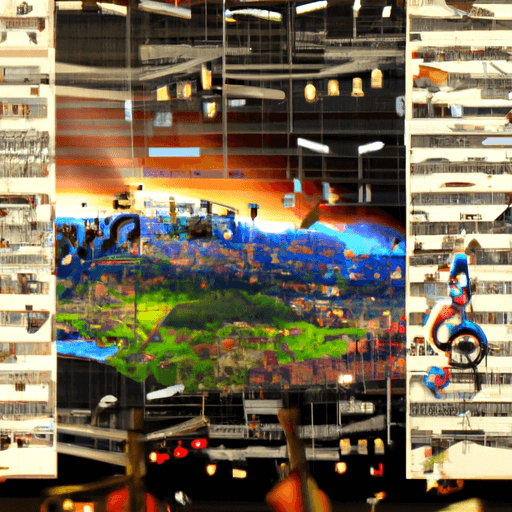






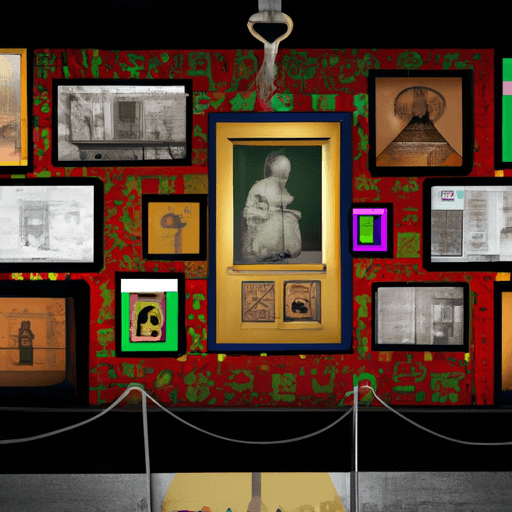
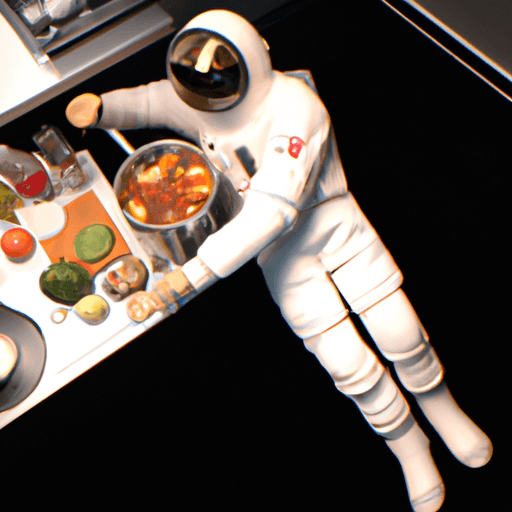

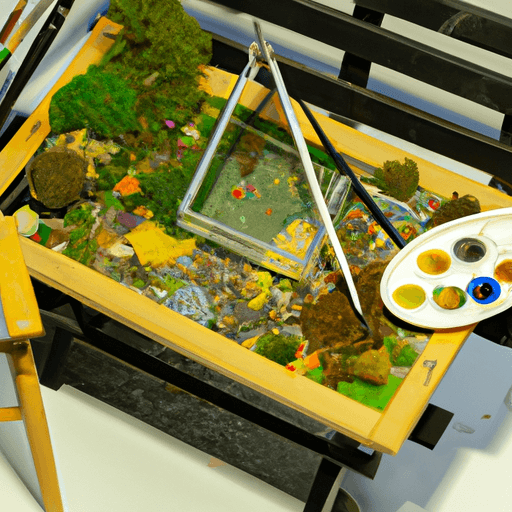

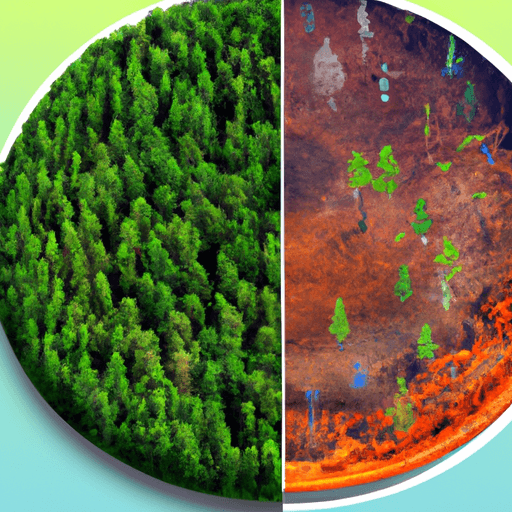



Comments
Leave a Comment